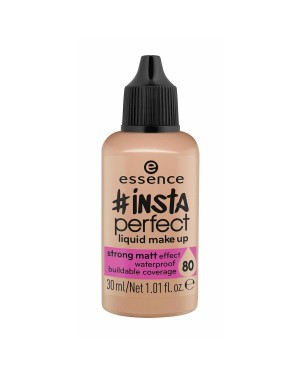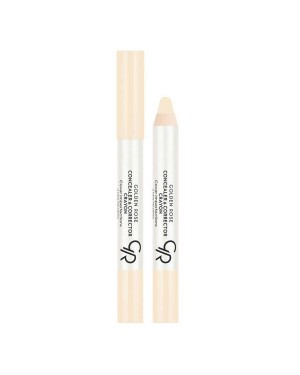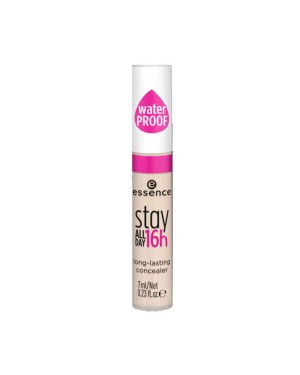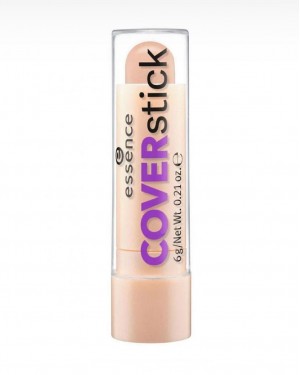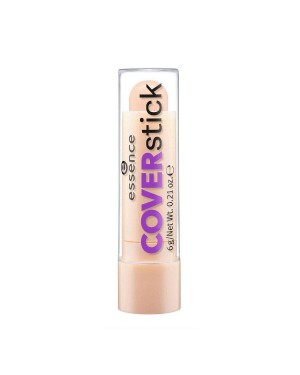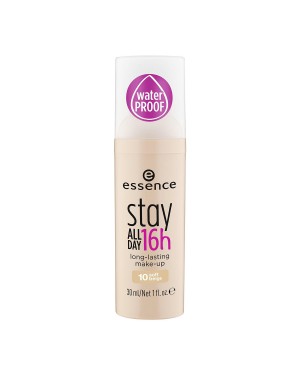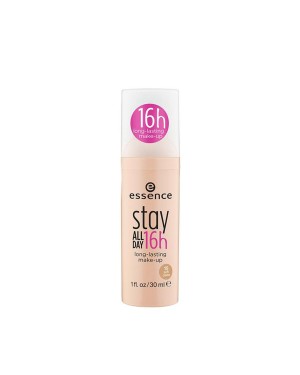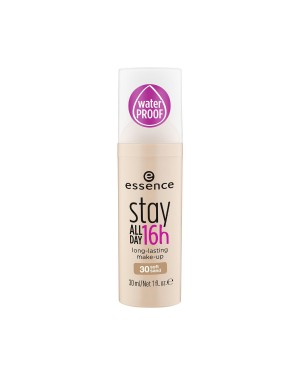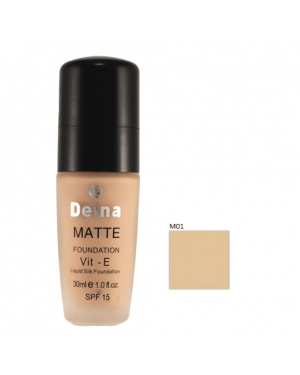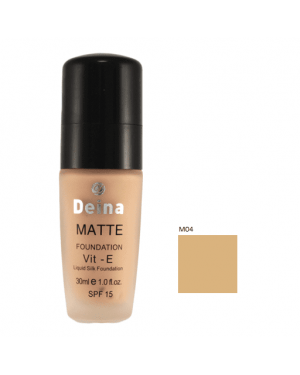Foundation Makeup: The Essential Base for a Flawless Look
Foundation makeup is a vital component of any beauty routine, offering a smooth and even canvas for the rest of your makeup. Whether you're aiming for a natural glow or full coverage, the right foundation can enhance your complexion, hide imperfections, and give you confidence. In this comprehensive guide, we'll delve into everything you need to know about foundation makeup, including types, application techniques, and tips for choosing the perfect match for your skin type and tone.
Understanding Foundation Makeup
Foundation makeup serves as the base layer of your makeup routine. It is designed to even out your skin tone, cover blemishes, and create a smooth surface for additional makeup products such as concealer, blush, and highlighter. With a variety of formulas and finishes available, foundation makeup can cater to different skin types and preferences.
Types of Foundation Makeup
There are several types of foundation makeup, each offering unique benefits:
- Liquid Foundation: Versatile and suitable for most skin types, liquid foundation offers buildable coverage and can be found in a range of finishes from matte to dewy.
- Powder Foundation: Ideal for oily or combination skin, powder foundation provides a lightweight, matte finish that helps control shine.
- Cream Foundation: Known for its rich texture, cream foundation delivers full coverage and is perfect for dry or mature skin.
- Stick Foundation: Convenient and portable, stick foundation is easy to apply and offers buildable coverage, making it great for touch-ups on the go.
- Mineral Foundation: Composed of natural minerals, this type is gentle on the skin and often recommended for sensitive or acne-prone skin.
- Serum Foundation: Combining skincare and makeup, serum foundation provides a lightweight, hydrating finish while delivering skincare benefits.
Choosing the Right Foundation for Your Skin Type
Selecting the right foundation for your skin type is crucial for achieving a flawless look. Here's a guide to help you choose:
- Oily Skin: Opt for oil-free, mattifying foundations that help control shine. Powder and liquid foundations with a matte finish work well for this skin type.
- Dry Skin: Choose hydrating foundations with a dewy finish. Cream and liquid foundations infused with moisturizing ingredients can provide the necessary hydration.
- Combination Skin: Use a combination of products, such as a mattifying foundation for oily areas and a hydrating formula for dry patches. Liquid foundations with a satin finish are often a good choice.
- Sensitive Skin: Look for foundations with minimal ingredients and no fragrance. Mineral foundations and hypoallergenic formulas are typically gentle on sensitive skin.
- Acne-Prone Skin: Non-comedogenic foundations that won't clog pores are essential. Mineral foundations and oil-free formulas can help prevent breakouts.
- Mature Skin: Opt for foundations with anti-aging benefits that provide hydration and a luminous finish. Cream and serum foundations can help smooth fine lines and wrinkles.
Finding Your Perfect Shade
Finding the right shade of foundation is key to achieving a natural look. Follow these steps to determine your perfect match:
- Determine Your Undertone: Identify whether you have warm, cool, or neutral undertones. Warm undertones have a yellow or golden hue, cool undertones have a pink or blue hue, and neutral undertones are a mix of both.
- Test Shades: Test a few shades on your jawline or wrist. The perfect shade should blend seamlessly with your skin without leaving a noticeable line.
- Check in Natural Light: Always check the foundation in natural light to ensure it matches your skin tone accurately.
- Consider Seasonal Changes: Your skin tone may change with the seasons, so be prepared to adjust your foundation shade accordingly.
Application Techniques for a Flawless Finish
The way you apply your foundation can significantly impact its finish and longevity. Here are some tips for achieving a flawless application:
Prepping Your Skin
Before applying foundation, it's important to prep your skin properly:
- Cleanse: Start with a clean face to remove any dirt, oil, or makeup residue.
- Moisturize: Apply a moisturizer suitable for your skin type to ensure a smooth application and prevent dry patches.
- Prime: Use a primer to create a smooth base and help your foundation last longer. Choose a primer that addresses your skin concerns, such as mattifying for oily skin or hydrating for dry skin.
Foundation Application Methods
There are various tools and techniques for applying foundation, each offering different levels of coverage and finishes:
- Fingers: Using your fingers can warm up the foundation, making it easier to blend. This method is ideal for a natural, light coverage.
- Makeup Sponge: A damp makeup sponge provides a seamless, airbrushed finish. Use a bouncing motion to blend the foundation evenly.
- Brush: A foundation brush can offer more coverage and precision. Use a buffing or stippling motion to blend the foundation smoothly.
Setting Your Foundation
To ensure your foundation stays in place all day, set it with the right products:
- Setting Powder: Apply a translucent setting powder to lock in your foundation and reduce shine. Focus on areas that tend to get oily, such as the T-zone.
- Setting Spray: Use a setting spray to help your makeup last longer and give a natural, dewy finish.
Common Foundation Makeup Mistakes and How to Avoid Them
Even experienced makeup users can make mistakes with foundation. Here are some common errors and tips to avoid them:
- Choosing the Wrong Shade: Always test foundation in natural light and on your jawline to ensure a perfect match.
- Applying Too Much Product: Start with a small amount and build coverage as needed. This helps avoid a cakey or heavy appearance.
- Ignoring Your Neck: Blend foundation down your neck to avoid a noticeable line between your face and neck.
- Skipping Primer: Primer helps create a smooth base and extend the wear of your foundation, especially for oily or textured skin.
- Not Setting Your Foundation: Use a setting powder or spray to help your foundation last longer and prevent it from moving or settling into fine lines.
Best Practices for Long-Lasting Foundation Makeup
To keep your foundation looking fresh throughout the day, follow these best practices:
- Blotting Papers: Keep blotting papers on hand to remove excess oil without disturbing your makeup.
- Touch-Up Products: Carry a compact powder or cushion foundation for quick touch-ups on the go.
- Hydration: Keep your skin hydrated by using a hydrating mist or moisturizer, especially if you have dry skin.
Top Foundation Makeup Brands
Here are some of the top foundation makeup brands known for their quality and variety of shades and formulas:
- MAC: Known for its extensive shade range and professional-grade formulas, MAC offers foundations suitable for all skin types and tones.
- Estée Lauder: Estée Lauder's Double Wear foundation is renowned for its long-lasting, full coverage formula.
- Fenty Beauty: With an inclusive shade range, Fenty Beauty's Pro Filt'r foundation caters to a diverse array of skin tones.
- L'Oréal: L'Oréal offers a variety of foundations at an affordable price, suitable for different skin types and preferences.
- Maybelline: Maybelline's Fit Me foundation is a popular choice for its natural finish and wide shade range.
Conclusion
Foundation makeup is a crucial element of your beauty routine, providing the base for a flawless look. By understanding the different types of foundations, choosing the right one for your skin type, and applying it correctly, you can achieve a smooth and even complexion. Remember to prep your skin, find your perfect shade, and set your foundation to ensure it lasts all day. With the right foundation, you can enhance your natural beauty and boost your confidence.







